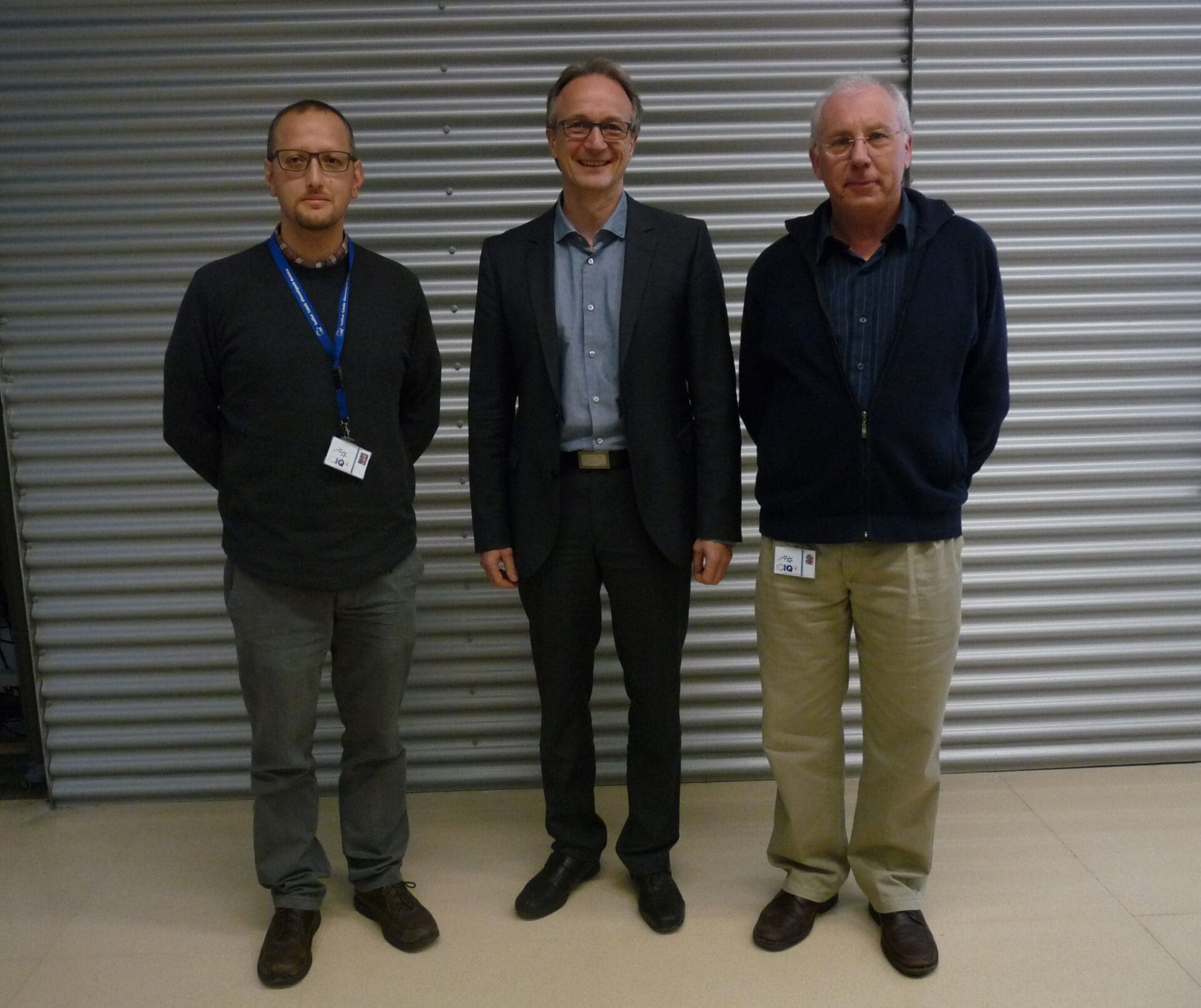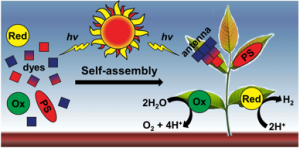
 19/12/2016
19/12/2016
 12:00
12:00
 ICIQ Auditorium
ICIQ Auditorium
- Lecturer: Prof. Frank Wuerthner
- University: Universität Würzburg (Germany)
Dye Assemblies for Artificial Photosynthesis
 Natural photosynthesis provides a blueprint for a future technology that may deliver clean energy for a sustainable hydrogen and/or carbon based cycle. In natural photosynthesis various molecular components are properly assembled to accomplish light harvesting, charge separation and catalytic water splitting into hydrogen (NADH) and oxygen. Understanding the operating principles of the natural photosynthetic apparatus and designing artificial counterparts that accomplish the elemental steps of natural photosynthesis are therefore topics of considerable scientific interest [1,2]. In this lecture I will highlight recent achievements of my laboratory with regard to light harvesting and exciton transport in dye aggregates [3], symmetry-breaking charge separation in perylene bisimide cyclophanes [4] and photo-driven water oxidation by macrocycles bearing three ruthenium centers [5].
Natural photosynthesis provides a blueprint for a future technology that may deliver clean energy for a sustainable hydrogen and/or carbon based cycle. In natural photosynthesis various molecular components are properly assembled to accomplish light harvesting, charge separation and catalytic water splitting into hydrogen (NADH) and oxygen. Understanding the operating principles of the natural photosynthetic apparatus and designing artificial counterparts that accomplish the elemental steps of natural photosynthesis are therefore topics of considerable scientific interest [1,2]. In this lecture I will highlight recent achievements of my laboratory with regard to light harvesting and exciton transport in dye aggregates [3], symmetry-breaking charge separation in perylene bisimide cyclophanes [4] and photo-driven water oxidation by macrocycles bearing three ruthenium centers [5].
References:
- Balzani and F. Scandola: Supramolecular Photochemistry, Ellis Horwood, New York 1991; M. R. Wasielewski, Chem. Rev. 1992, 92, 435–461; D. Gust, T. A. Moore, A. L. Moore, Acc. Chem. Res. 1993, 26, 198–205.
- Frischmann, K. Mahata, F. Würthner, Chem. Soc. Rev. 2013, 42, 1847–1870.
- Lin, R. Camacho, Y. Tian, T. E. Kaiser, F. Würthner, I. G. Scheblykin, Nano Lett. 2010, 10, 620–626.
- J. Sung, A. Nowak-Król, F. Schlosser, B. Fimmel, W. Kim, D. Kim, F. Würthner, J. Am. Chem. Soc. 2016, 138, 9029–9032.
- M. Schulze, V. Kunz, P. D: Frischmann, F. Würthner, Nat. Chem. 2016, 8, 576–583.
Other events

Let's create a brighter future
Join our team to work with renowned researchers, tackle groundbreaking
projects and contribute to meaningful scientific advancements



















